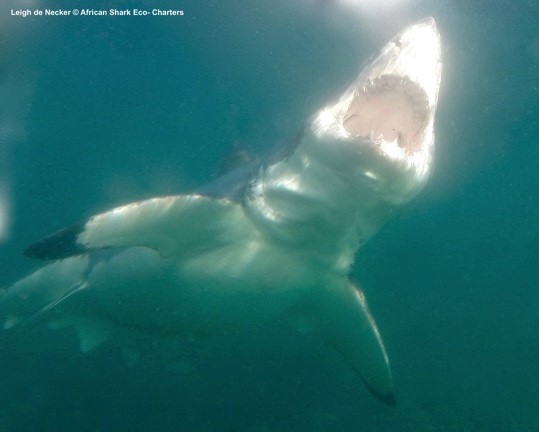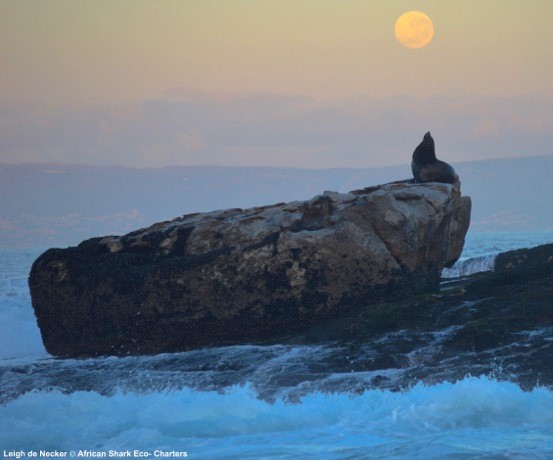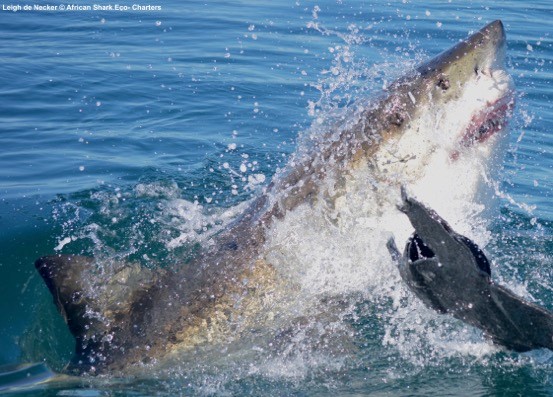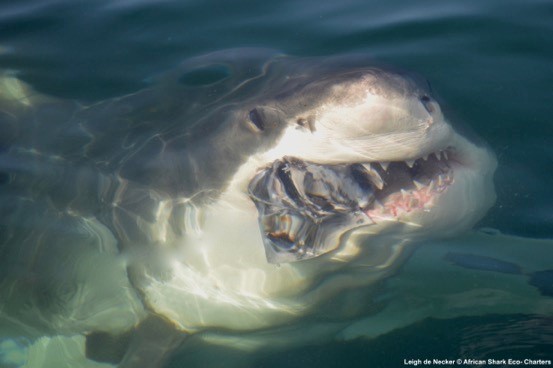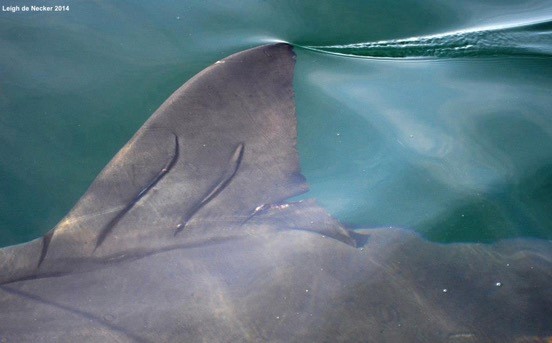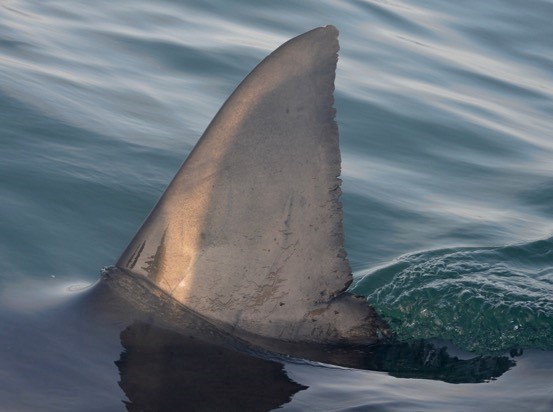News
Summing up the surprises of the 2016 white shark season, Seal Island, False Bay
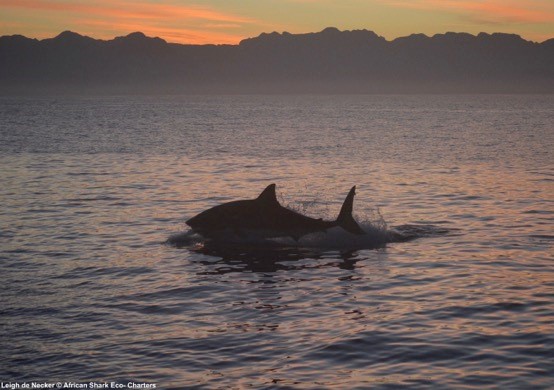
White sharks typically visit False Bay’s Seal Island to take advantage of vulnerable young Cape fur seal pups when they start entering the water to feed. This is generally between March and September; however, this season showed a number of deviations from the expected norms. We took a trip to the Island towards the end of January and before we even had any bait in the water, we had seen a shark. We were beyond excited by the chance of having an early start to the season. This was the first of many unexpected surprises the season had to offer. For February and March, we had amazing shark activity around our boat, seeing an average of 4 sharks a day and still enjoying the late summer, early autumn warm sunny days on the water.
But before we got too comfortable, leaving the sharks to do all our work for us, by the end of April and throughout May, they had simply vanished from Seal Island. There were some really bizarre theories as to where they were and why from crew, clients, fishermen and local shark nuts, but even today the mystery of their temporary disappearance remains. The crew had placed all their bets on the exact date that the sharks would return, and just before we had begun to completely lose our minds (and jobs) the sharks started making an appearance again within the first week of June.
I nearly jumped right off the boat seeing the first shark breach (I always go mad seeing a shark breach, every breach is different and it simply never gets old), but this was a combination of that excitement coupled with relief at the sign that “the shark drought” had potentially come to an end. July was an incredible month with both breaching activity as well as shark activity around the boat. Despite the fact that during this time the sharks were always around, every day, every trip, every hour, in fact, was different. Obviously the breaching and overly enthusiastic sharks around our boat are always a treat, but there were a few really memorable, standout moments this season. Firstly, a shark over 4 m in length, coming fully out of the water attacking a kelp gull just 3 m away from our boat, having the crew and clients very much in the splash zone (this just minutes after I had told a client how breaching was rare in the afternoon, and that I had never seen a shark go for a bird). On another afternoon in July, we had crystal clear waters with over 10 different sharks around our boat, flying at our bait and decoy consistently from all different angles! It was the best kind of chaos!
Further, seeing some of our favourite sharks returning to the boat over consecutive days, a special mention (and thanks) to some of the stars this year: “Zebra,” “Dodgey L,” “Prop,” “Jika,” “Patches,” “Captain MF Hook” “Stumpy Freddy,” “The one with the bent dorsal (Orca/Nemo)” and a few OCEARCH tagged sharks, including “Vindication” and “Maureen.” Of course once we’ve named them, we get very emotionally attached. They become like a puppy dog, really cute but with rather sharp teeth, eating all your personal belongings. When naming and identifying individual white sharks, its usually from a distinguishing feature, scar or behaviour. However, it is incredible to see how much their behaviours’ vary, not only between the different individuals, but even for a particular shark on a particular day. With the number of times I’ve seen a shark put all its effort into the most magnificent breach, only for its targeted seal prey to get away, its not difficult to believe that a shark can have a bad day. Sometimes we’d see sharks hunting and making successful kills still visiting our boat and scavenging at our bait. Surprisingly, and unlike me, sharks don’t seem to have bottomless pits for stomachs, and therefore once they have eaten, they are often uninterested in us, or our bait. Maybe it’s a class thing – why would you eat a stale sandwich when there is fillet steak on offer? It may be more expensive, but totally worth it right?
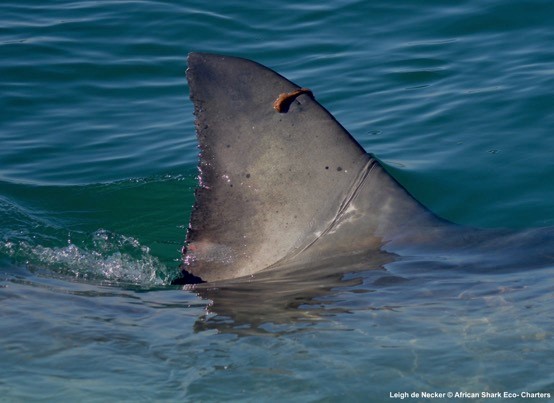
“Captain MF Hook”- I only have a picture of her dorsal fin because she was simply too big to fit in the frame at a massive 5 m in length (we’re going to need a bigger boat).
Another highlight this season was the revisit of the shark “Prop,” named for the propeller scars running along the leading edge and across her dorsal fin. I had first seen her in 2014 when the scars were still fresh and an unmistakable identifying feature. If it weren’t for her stumpy pectoral fin and the fact that she is a particularly large girl, closing in on 5 m, we would not have even recognised her this year. The scars on her dorsal fin had healed up so well being no more than very faint lines across her dorsal fin.
A simple yet perfect example of the perfect predator, proving just how resilient they are and that their ability to heal and recover, is beyond comprehension. There is never a dull moment working with these animals; the more we try to understand them, the more we are left with a whole new set of questions rather than answers. Every day, heading out to Seal Island, you don’t know what you’re going to get. By describing this season as “surprising” “unusual” “unexpected” “unpredictable” is quite appropriate really, because all these words fundamentally define and describe “nature.” If nature were predictable, it would not be as fascinating as it is. To us, what appeared to be “inconsistencies” in the season, served as an important reminder of just how dynamic nature is and it has allowed us to continue marvelling in the mystery that is the white shark.
Leigh is the On-board Marine Biologist for African Shark Eco Charters. Find out more at www.ultimate-animals.com.
Gear News
Scubapro Free Octopus Promotion 2024

Free Octopus with every purchase of a SCUBAPRO regulator system
Just in time for the spring season, divers can save money with the FREE OCTOPUS SPRING PROMOTION! Until July 31st SCUBAPRO offers an Octopus for free
with every purchase of a regulator system!
Get a free S270 OCTOPUS with purchase of these combinations:
MK25 EVO or MK19 EVO with A700
MK25 EVO or MK19 EVO with S620Ti
MK25 EVO or MK19 EVO with D420
MK25 EVO Din mit S620Ti-X
Get a free R105 OCTOPUS with purchase of the following combinations:
MK25 EVO or MK19 EVO with G260
MK25 EVO or MK17 EVO with S600
SCUBAPRO offers a 30-year first owner warranty on all regulators, with a revision period of two years or 100 dives. All SCUBAPRO regulators are of course certified according to the new European test standard EN250-2014.
Available at participating SCUBAPRO dealers. Promotion may not be available in all regions. Find an authorized SCUBAPRO Dealer at scubapro.com.
More information available on www.scubapro.com.
Blogs
Northern Red Sea Reefs and Wrecks Trip Report, Part 3: The Mighty Thistlegorm

Jake Davies boards Ghazala Explorer for an unforgettable Red Sea diving experience…
Overnight, the wind picked up, making the planned morning dive a bit bumpy on the Zodiacs to the drop point on Thomas Reef. There, we would dive along the reef before descending through the canyon and then passing under the arch before ascending the wall with a gentle drift. The site provided great encounters with more pelagic species, including shoals of large barracuda, tuna, and bigeye trevally.
Once back on the boat, it was time to get everything tied down again as we would head back south. This time, with the wind behind us, heading to Ras Mohammed to dive Jackfish Alley for another great gentle drift wall dive before then heading up the coast towards the Gulf of Suez to moor up at the wreck of the Thistlegorm. This being the highlight wreck dive of the trip and for many onboard, including myself, it was the first time diving this iconic wreck. I had heard so much about the wreck from friends, and globally, this is a must on any diver’s list. Fortunately for us, there was only one other boat at the site, which was a rarity. A great briefing was delivered by Ahmed, who provided a detailed background about the wreck’s history along with all the required safety information as the currents and visibility at the site can be variable.

Kitting up, there was a lot of excitement on deck before entering the water and heading down the shoreline. Descending to the wreck, there was a light northerly current which reduced the visibility, making it feel more like the conditions that can be found off the Welsh coast. At 10m from the bottom, the outline of the wreck appeared as we reached the area of the wreck which had been bombed, as our mooring line was attached to part of the propeller shaft. Arriving on deck, instantly everywhere you looked there were many of the supplies which the ship was carrying, including Bren Carrier tanks and projectiles that instantly stood out.

We headed around the exterior, taking a look at the large propeller and guns mounted on deck before entering the wreck on the port side to take a look in the holds. It was incredible to see all the trucks, Norton 16H, and BSA motorcycles still perfectly stacked within, providing a real snapshot in time.

Overall, we had four dives on the Thistlegorm, where for all of the dives we were the only group in the water, and at times, there were just three of us on the whole wreck, which made it even more special, especially knowing that most days the wreck has hundreds of divers. Along with the history of the wreck, there was plenty of marine life on the wreck and around, from big green turtles to batfish, along with shoals of mackerel being hunted by trevally. Some unforgettable dives.

The final leg of the trip saw us cross back over the Suez Canal to the Gobal Islands where we planned to stay the night and do three dives at the Dolphin House for the potential of sharing the dive with dolphins. The site, which included a channel that was teeming with reef fish, especially large numbers of goatfish that swam in large shoals along the edge of the reef. These were nice relaxing dives to end the week. Unfortunately, the dolphins didn’t show up, which was okay as like all marine life they are difficult to predict and you can’t guarantee what’s going to be seen. With the last dive complete, we headed back to port for the final night where it was time to clean all the kit and pack before the departure flight the next day.

The whole week from start to finish on Ghazala Explorer was amazing; the boat had all the facilities you need for a comfortable week aboard. The crew were always there to help throughout the day and the chefs providing top quality food which was required after every dive. The itinerary providing some of the best diving with a nice mixture of wreck and reef dives. I would recommend the trip to anyone, whether it’s your first Red Sea liveaboard in the Red Sea or you’re revisiting. Hopefully, it’s not too long before I head back to explore more of the Red Sea onboard Ghazala Explorer.

To find out more about the Northern Red Sea reef and wrecks itineraries aboard Ghazala Explorer, or to book, contact Scuba Travel now:
Email: dive@scubatravel.com
Tel: +44 (0)1483 411590
Photos: Jake Davies / Avalon.Red
-

 News3 months ago
News3 months agoHone your underwater photography skills with Alphamarine Photography at Red Sea Diving Safari in March
-

 News3 months ago
News3 months agoCapturing Critters in Lembeh Underwater Photography Workshop 2024: Event Roundup
-

 Marine Life & Conservation Blogs2 months ago
Marine Life & Conservation Blogs2 months agoCreature Feature: Swell Sharks
-

 Blogs2 months ago
Blogs2 months agoMurex Resorts: Passport to Paradise!
-

 Blogs2 months ago
Blogs2 months agoDiver Discovering Whale Skeletons Beneath Ice Judged World’s Best Underwater Photograph
-

 Gear Reviews3 months ago
Gear Reviews3 months agoGear Review: Oceanic+ Dive Housing for iPhone
-

 Marine Life & Conservation2 months ago
Marine Life & Conservation2 months agoSave the Manatee Club launches brand new webcams at Silver Springs State Park, Florida
-

 News3 months ago
News3 months agoWorld’s Best Underwater Photographers Unveil Breathtaking Images at World Shootout 2023


